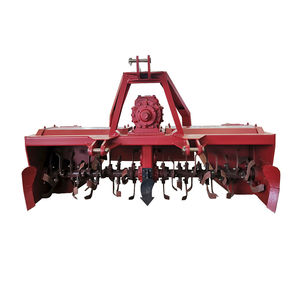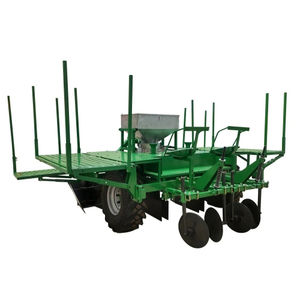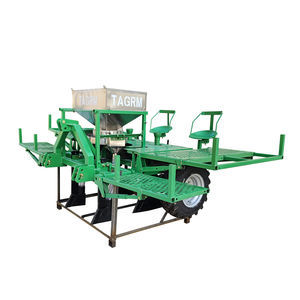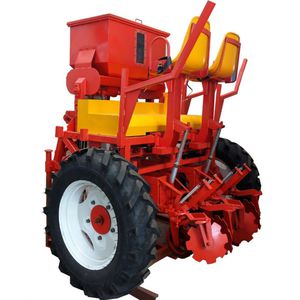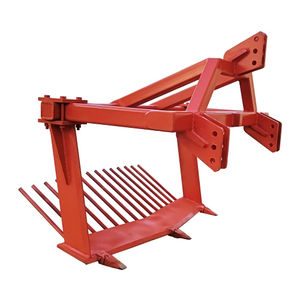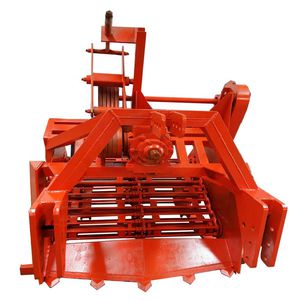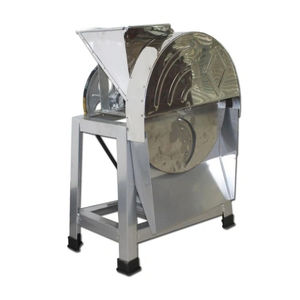
- Company
- Products
- Catalogs
- News & Trends
- Exhibitions
Slicing machine processing line MSUGQ630

Add to favorites
Compare this product
Characteristics
- Applications
- for slicing machines
Description
Cassava is a starchy root crop that grows in the tropics and subtropics and is widely cultivated in Africa, Asia, and South America. Ideal for areas with poor soil quality and erratic rainfall, it is a good source of carbohydrates and rich in calories, making it an important crop for food security in many developing countries.
It can also be used to make tapioca starch, ethanol, animal feed, and other raw materials for industrial deep-processing products. People must peel, slice, and dry the collected cassava before it is transferred to the factory for further processing. However, manual cutting is laborious and time-consuming because cassava stems are rather large and the skin is thick and rough. As a result, a high-efficiency cassava slicer can easily achieve twice the result with half the effort, saving labor expenses significantly, and is especially suited to the processing needs of big planting farms.
Nanning TAGRM's MSUGQ630 Drum-type cassava slicer has a 4KW output power and can process 5-10 tons of cassava per hour, which is nearly ten times faster than manual processing. Cassava chips have a thickness of 15-25mm, which is sufficient for deep processing machines.
VIDEO
Catalogs
No catalogs are available for this product.
See all of Tagrm‘s catalogs*Prices are pre-tax. They exclude delivery charges and customs duties and do not include additional charges for installation or activation options. Prices are indicative only and may vary by country, with changes to the cost of raw materials and exchange rates.


